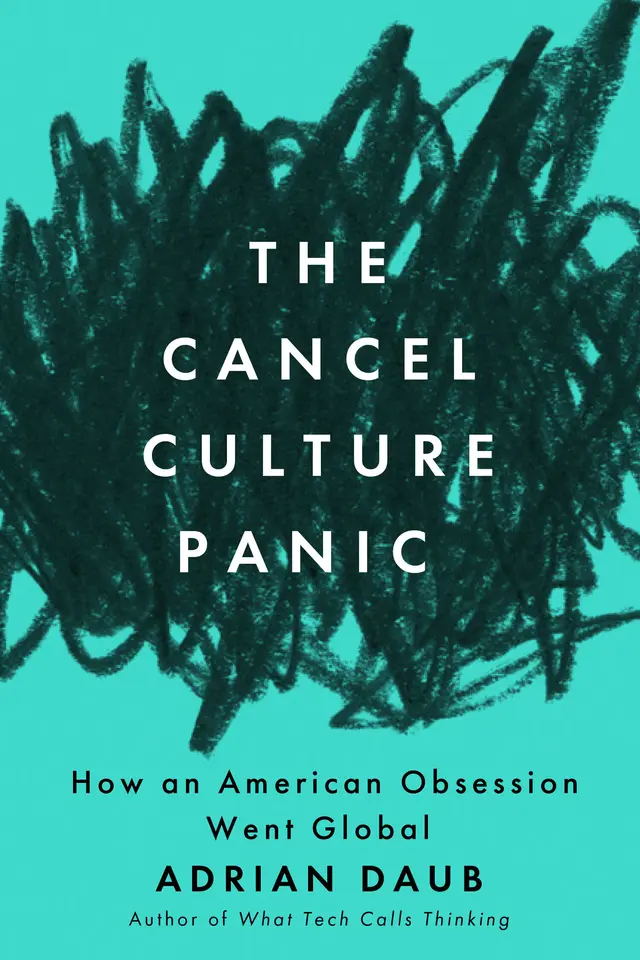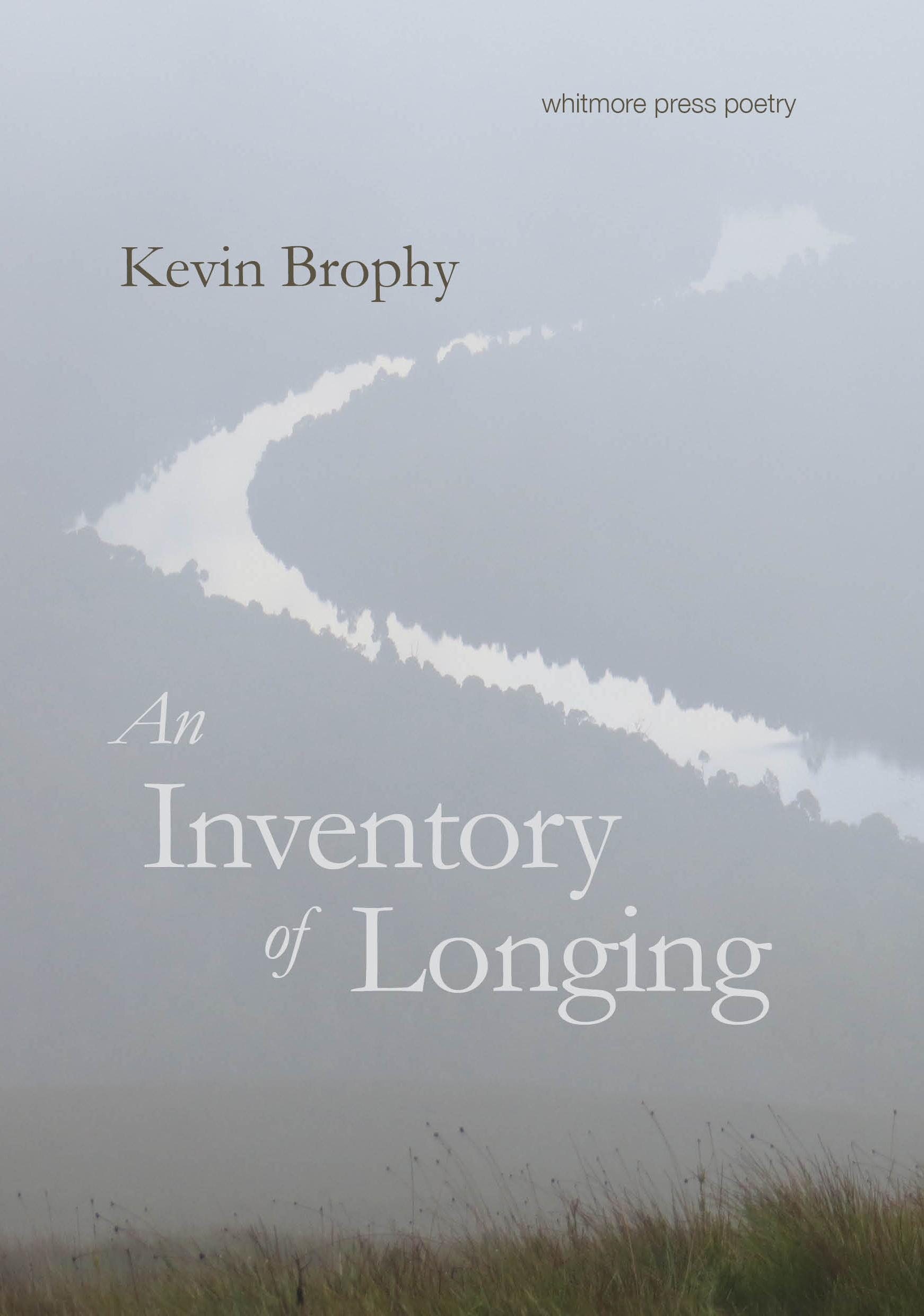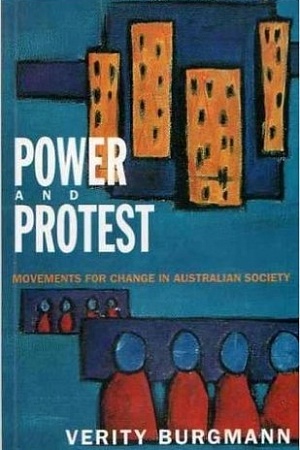How A Continent Created A Nation
UNSW Press, $39.95 pb, 259 pp
How A Continent Created A Nation by Libby Robin
Regardless of debates over Australian cultural identity, the flag and a potential republic, the ‘Green and Gold’ colours of our national sporting teams are recognised worldwide. The Golden Wattle (Acacia pycnantha), from which these colours are derived, was first proposed as a national flower in the 1880s during the prelude to Federation. However, it was not until the 1988 Bicentenary Celebrations that it was formally declared as Australia’s floral emblem. Why was the wattle chosen for this honour over its main competitor, the spectacular red waratah? And what was the significance of using wattle as a symbol of national unity and mourning in the wake of the 2002 Bali bombings?
Continue reading for only $10 per month. Subscribe and gain full access to Australian Book Review. Already a subscriber? Sign in. If you need assistance, feel free to contact us.















Leave a comment
If you are an ABR subscriber, you will need to sign in to post a comment.
If you have forgotten your sign in details, or if you receive an error message when trying to submit your comment, please email your comment (and the name of the article to which it relates) to ABR Comments. We will review your comment and, subject to approval, we will post it under your name.
Please note that all comments must be approved by ABR and comply with our Terms & Conditions.